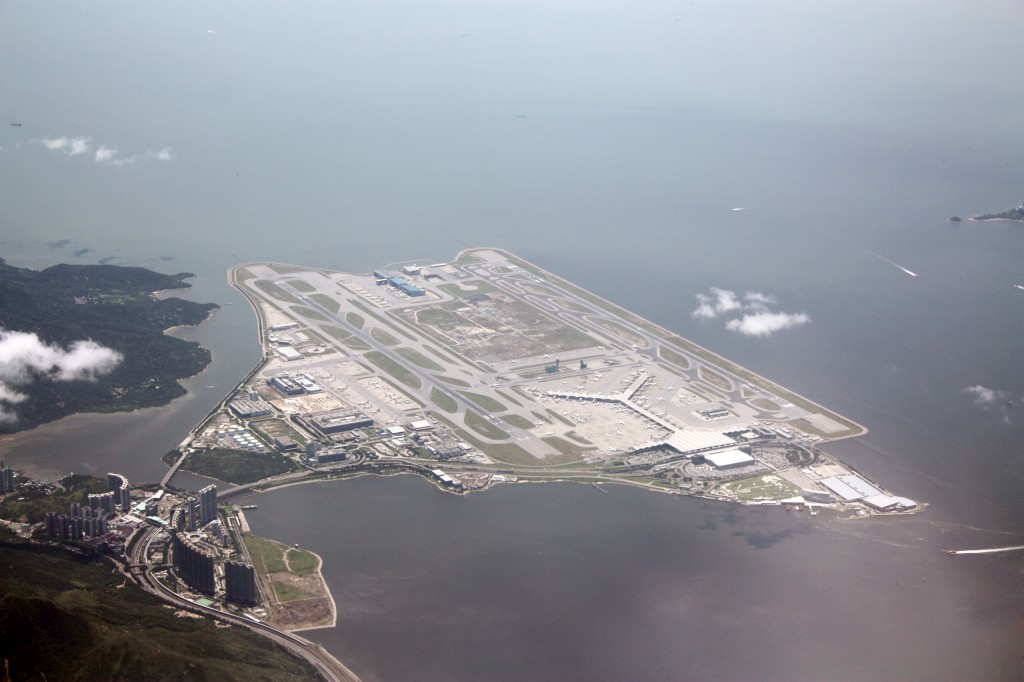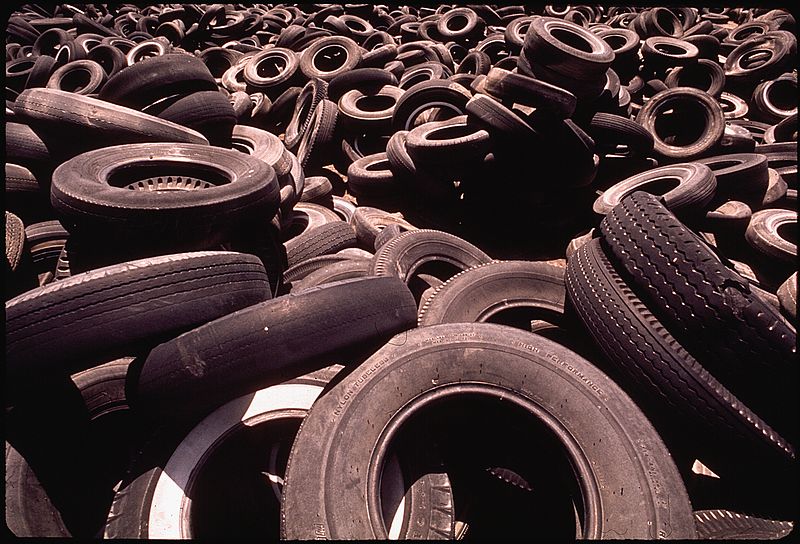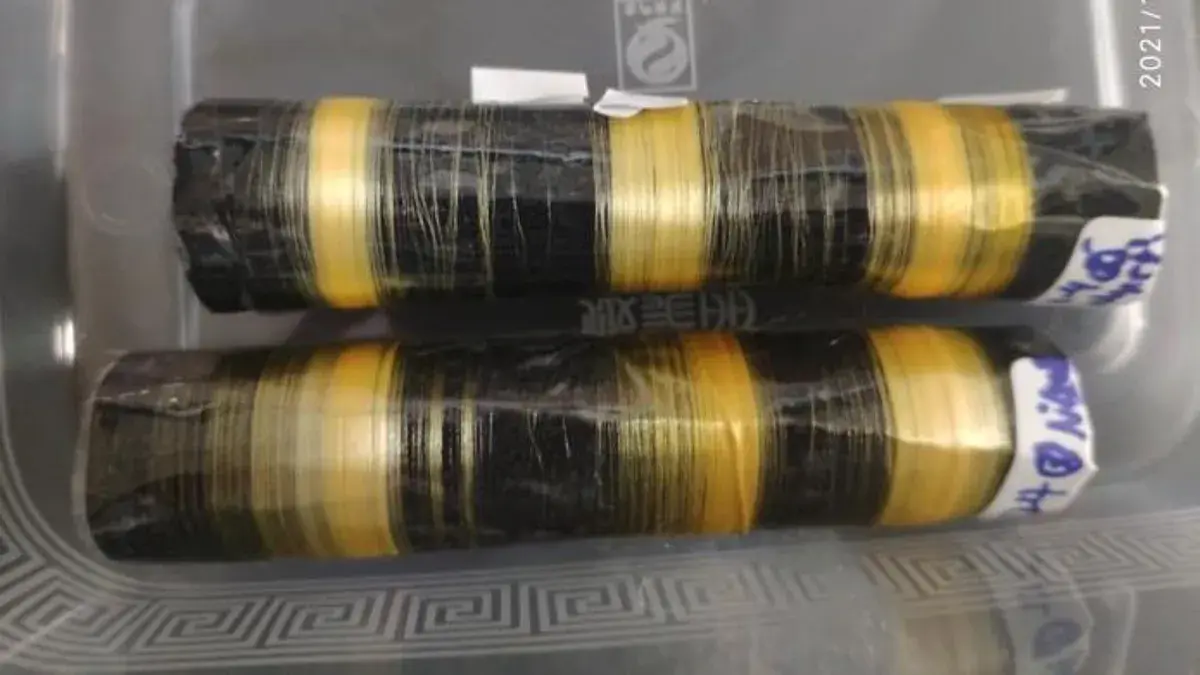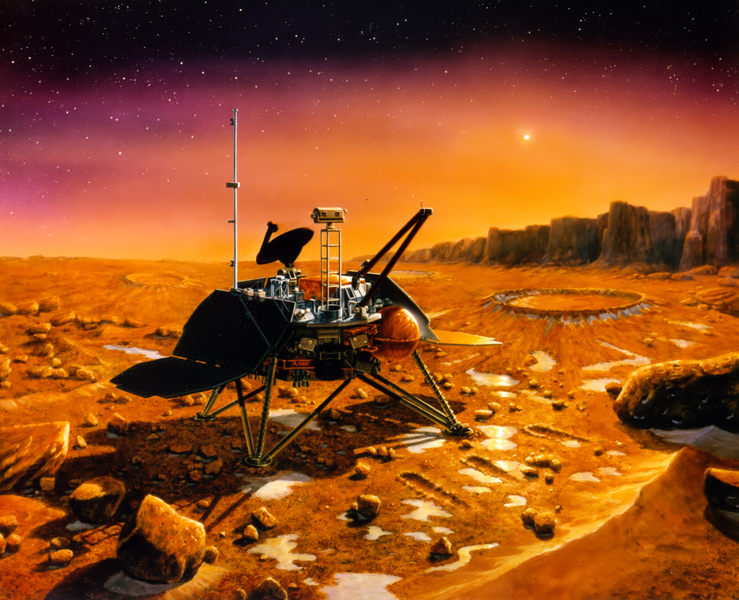With 30 million passengers traveling through Hong Kong’s 50 year old and crumbling Kai Tak Airport, Hong Kong had a big problem. They needed a new airport but land in Hong Kong was scarce. The government decided to build the new airport on Chek Lap Kok Island and use the vacated land for future residential, commercial and industrial development. The project had four phases: decommissioning airport facilities, building and pavement demolition, decontamination, and site preparation. Most demanding was cleaning up chemical wastes, residual fuel, solvents, lube oil, and free oil that had seeped into the ground from a leaking hydrant fuel system, polluted aircraft maintenance workshops, and spills.
Waste management required the identification of waste types, generation rates, handling procedures, and an assessment of total waste generation. Automating the process of soil remediation was key in meeting soil quality and deadline targets.
State of the art PLCs were designed and manufactured to manage 8,000 soil vapor extraction wells (SVEs), sparge wells, massive airflow systems for advanced vapor cleaning, heat exchangers, oxidizers, and more. The PLCs provided immediate diagnoses of problems for all systems, shutdown detection, and operator controls to help with start-up and shut-down processes. Automation cut costs, improved up time, reduced maintenance expenses, and brought the project in on time and on budget.
PLCpart.com, the largest buyer of used PLC’s and PCB’s in the world, has been supplying PLC’s and PCBs worldwide, for project like Kai Tak for decades. PLCpart.com also purchases and will ship for free, surplus and scrap PLC’s to recycle or refurbish to be used again.
PLCpart.com supplies Allen-Bradley and GE Fanuc PLC parts with world wide distribution. In addition, PLCpart.com repairs and sells new and remanufactured PLC’s.
Related Articles on IndustryTap:







